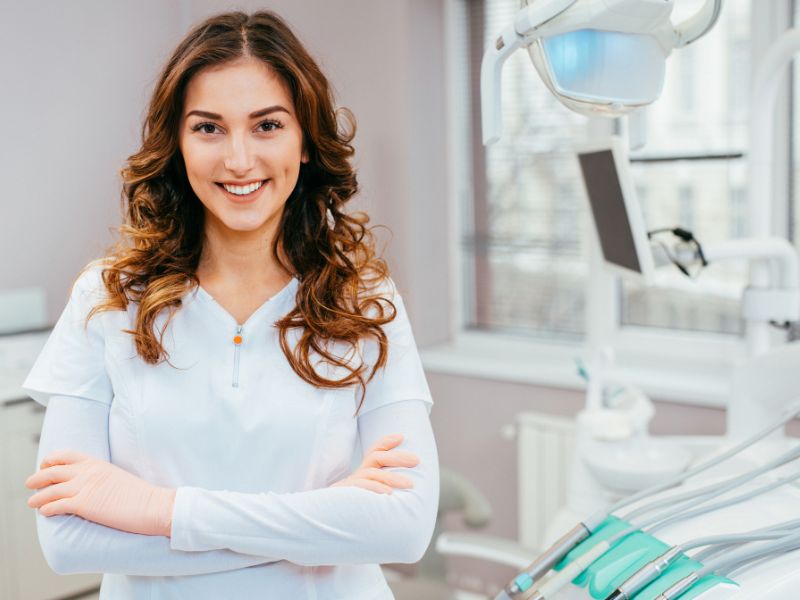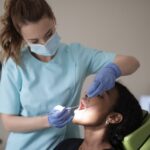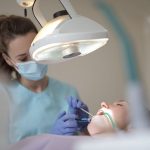Your dental hygienist Richmond is a really important player in the upkeep of your overall oral health. They are responsible for the care of your gums and have the skills to reverse gum disease in as little as one appointment. Here’s a complete guide on the role of the dental hygienist.

Dentist versus hygienist
The primary difference between a dentist and a hygienist is that a dentist is able to care for all aspects of your dental health whereas a hygienist is trained to particularly care for the gums.
The reason we all need a hygienist is because so many people are still falling victim to gum disease which is the leading cause of tooth loss in the UK.
If our dentists were spending all day addressing gum disease they simply wouldn’t have time to care for any other dental issues and the reality is that early gum disease can be quickly addressed by a hygienist.
What is gum disease?
Gum disease is an infection of the gums caused by a build-up of plaque and bacteria, it can usually be easily addressed through a scale and polish appointment with the hygienist and better upkeep of the teeth through more complete oral hygiene routines.
Related Posts
What is a scale and polish?
A scale and polish is the deep clean treatment performed by your hygienist. Hygienists are taught special techniques with specialist tools to reach deep under the gum line and remove bacteria and plaque build-up.
Once the bacteria is removed the body naturally begins to stop fighting infection and the gums will return back to their pink health.
Maintenance
One of the biggest problems for hygienists is that people return again and again with the same problems. This is because lots of people still don’t follow strict oral hygiene guidelines.
Hygienists will do all they can in order to make sure they arm their patients with all the tools and information to keep bacteria at bay, however lots of people do tend to veer off course.
Oral hygiene best practices
Oral hygiene best practices are actually pretty simple. Patients should be brushing their teeth a minimum of twice daily for at least two minutes. It’s arguably better to use an electric toothbrush, but manual toothbrushes are just as capable of performing high quality brush results.
An important thing to note is that you need to spend an equal amount of time on each section of the mouth, ideally thirty seconds per quarter, using a timer to ensure you do this can be a useful tactic.
Flossing is a daily necessity, unfortunately as a general rule people don’t see flossing with the same level of importance as brushing and this is a mistake.
Flossing is the only way in which you are able to reach deep down into the gum line and remove the bacteria which, if left, will go on to harden and turn to plaque and tartar.
And that’s it. They are your two best practices. It really doesn’t take much to keep the hygienist at bay, just a little bit of extra time and care in the mornings and evenings.





